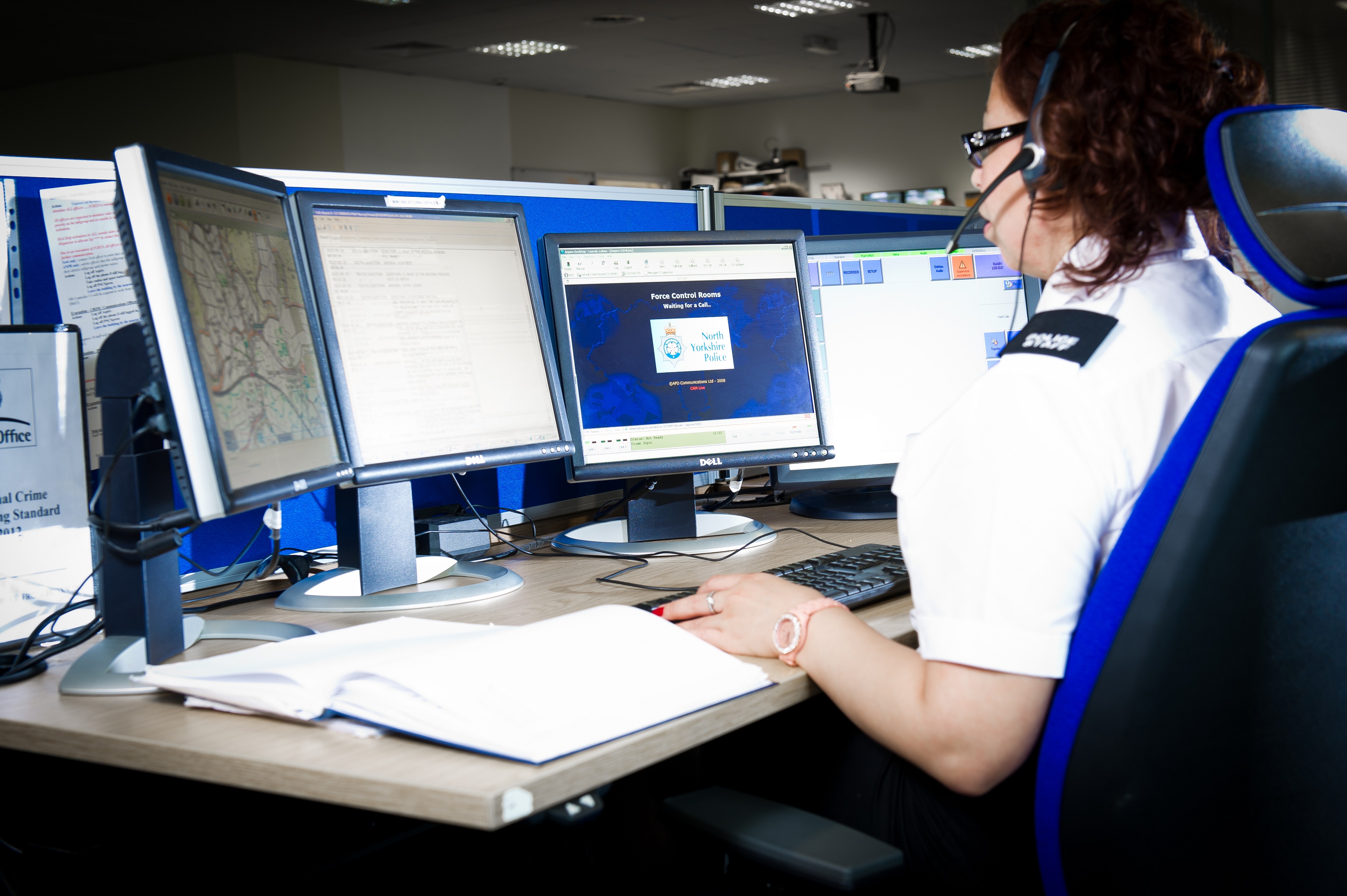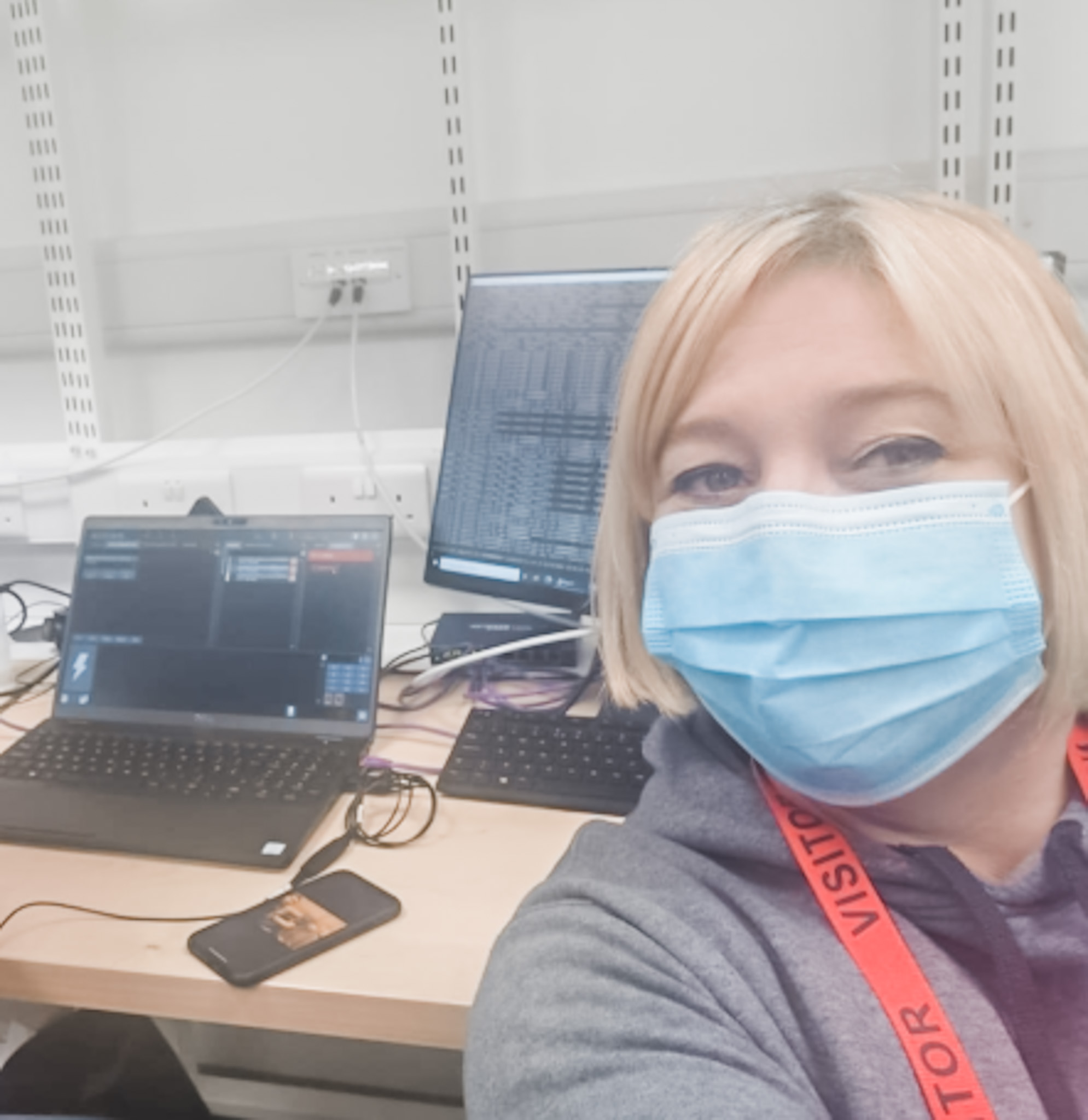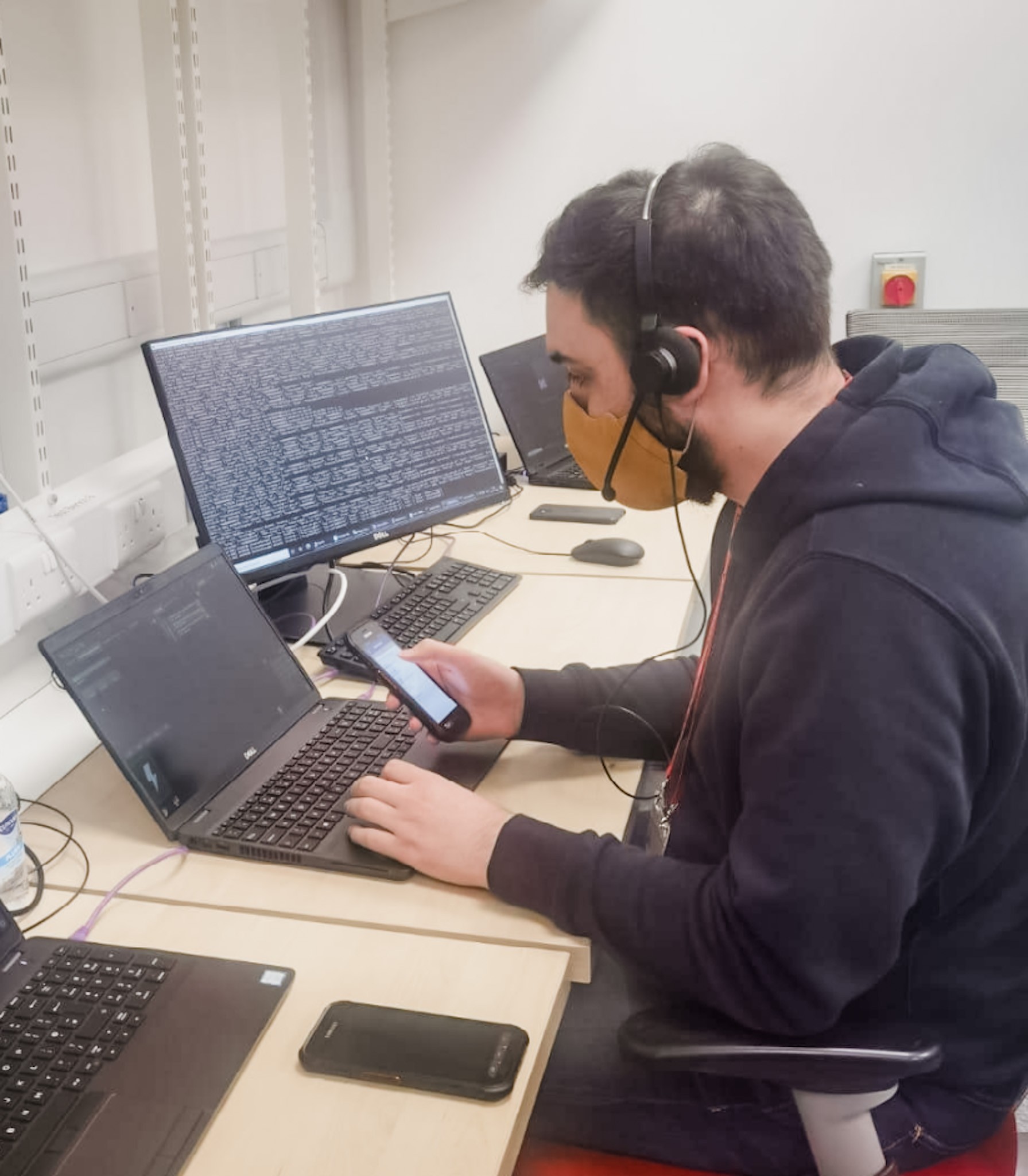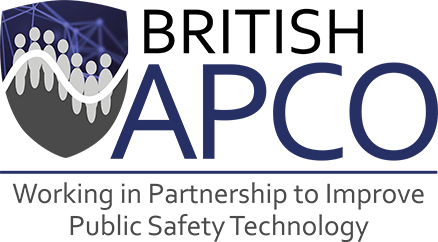APD marks new milestone as it sets the pace on journey to ESN
9th Mar 2021
Control room technology pioneer APD Communications has achieved a new milestone as it sets the pace in the transition to a new communications network for the emergency services.
APD has been accredited for a further set of features as it blazes a trail in the move to the revolutionary Emergency Services Network (ESN).
The approval from the Network Approval Testing Service (NATS) underlines that APD is well on the way to full ESN accreditation for Cortex, its sector-leading Integrated Communication Control System (ICCS), which is used to answer emergency calls and communicate with frontline responders in more than 70 control rooms.
APD Managing Director Mike Isherwood said: “We’re delighted with the outcome of this latest phase of rigorous testing, which was conducted under the observation of an expert from the Home Office.
“This is another key milestone in our mission to support emergency services organisations and their control room teams to be ready for ESN. While we’re very pleased with this achievement, our development work is continuing for the next phase of our ESN journey.
“We’re fully committed to supporting the Home Office, the emergency services and other public safety organisations to achieve a smooth, business as usual transition to ESN.”

A North Yorkshire Police control room operator using APD’s Cortex system. APD has achieved a new milestone for Cortex as it sets the pace in the move to the new Emergency Services Network (ESN).
Last year APD became the first supplier in Great Britain to complete ESN proof of concept testing for three key features of Cortex.
Now APD has successfully passed testing for the latest phase of ESN development on the Kodiak technology platform, which includes a further seven elements, including text messaging, audio and broadcast calls, all between the control room operator and first responders, and ambient listening, which is used by supervisors to silently listen to calls when operators require additional support.
Mobile services supplier Motorola Solutions is providing a testing service for ESN suppliers on behalf of the Home Office. An APD team of software engineers spent two weeks at Motorola’s hi-tech communications testing centre in Rugby, Warwickshire, working to Covid-secure protocols while demonstrating the technical functionality and stability of the system and that it integrates successfully with ESN.

Software Quality Assurance Engineer Keeley Barrick was among the APD team which gained accreditation for a further set of features of the Cortex system as part of the process of blue light organisations moving to the revolutionary Emergency Services Network (ESN).
Following this success, APD’s dedicated ESN development team will now work towards official accreditation for functions developed against the next ESN release. These include multi-group calls, making it possible for several control room operators and first responders from multiple agencies to interact when responding to an emergency; and locations, which ensures the control room can always identify the whereabouts of frontline teams.
ESN is a new, state-of-the-art LTE (Long Term Evolution) communications network for Great Britain’s emergency services and other public safety organisations, allowing them to use best-in-class commercial networks to keep the public safe and secure.
The new system will provide secure and resilient voice communication and data services, delivered over a new 4G mobile network.
The Home Office is leading a cross-government programme to deliver ESN, which will be an essential part of Britain’s critical national infrastructure.

An APD team, including Software Quality Assurance Engineer Lewys Jones, worked to Covid-secure protocols while demonstrating the technical functionality and stability of the Cortex system and that it integrates successfully with ESN.
APD is at the forefront of the process and is delivering a Home Office contract to develop critical software to enable blue light organisations and other public services to integrate with ESN.
More than two thirds of UK police forces, as well as other emergency services organisations, use APD’s mission critical communications and control solutions to serve and protect around 40 million people across the UK. More than six million emergency calls are handled using APD technology each year.
APD is committed to sharing its expertise with the control room community and is running a series of online workshops to guide leaders in the sector through the ESN transition.
For more information on APD’s ESN capability and expertise or to register to join the online workshops go to www.apdcomms.com/esn



